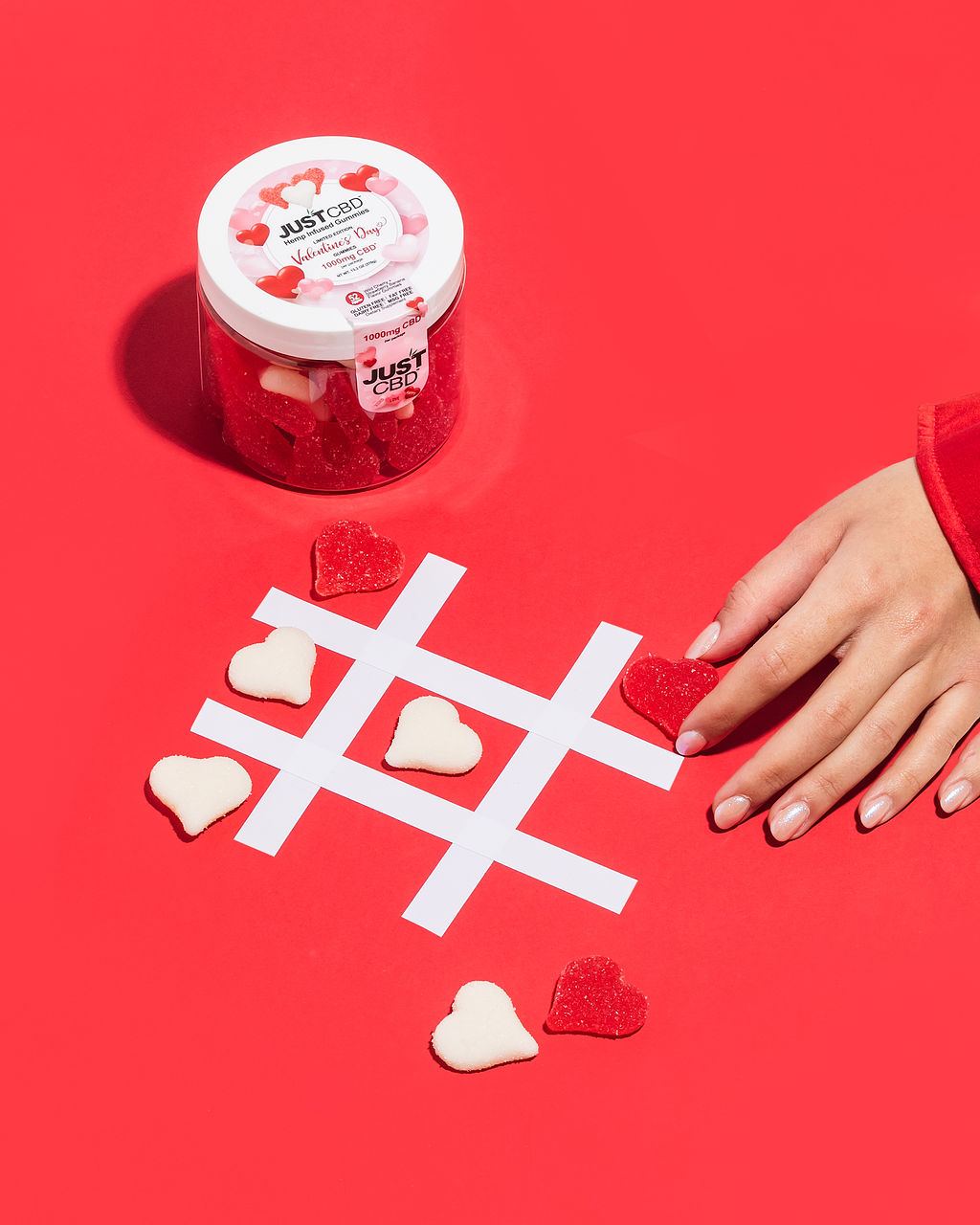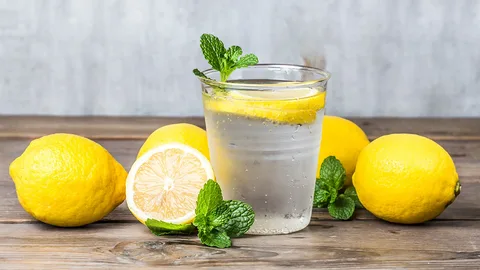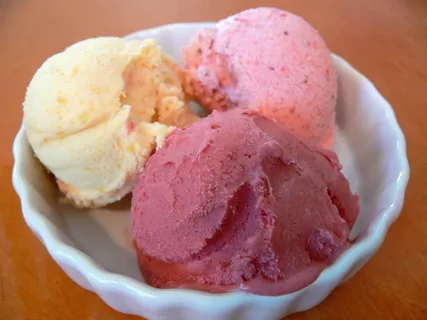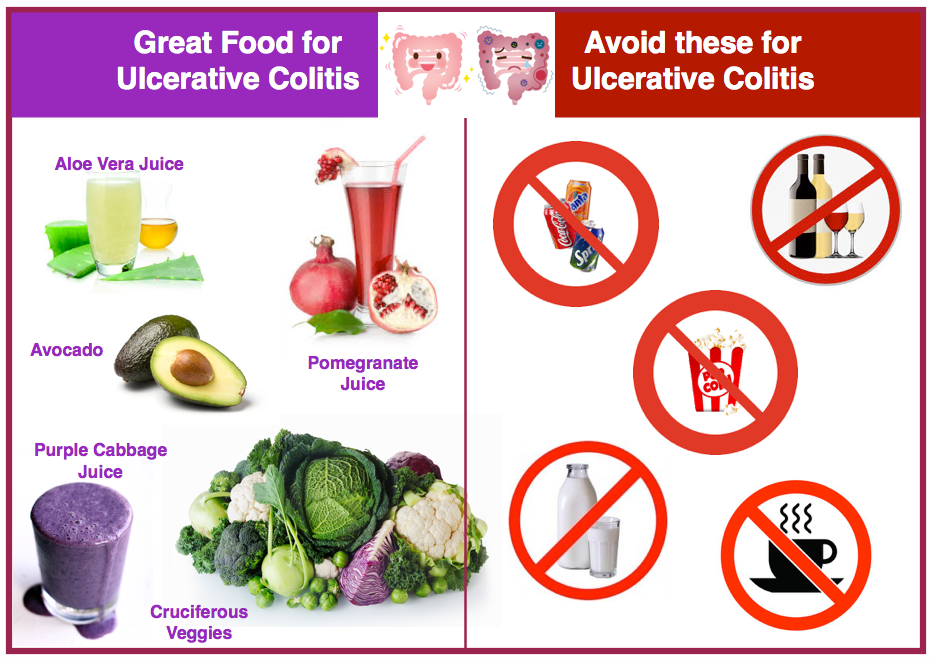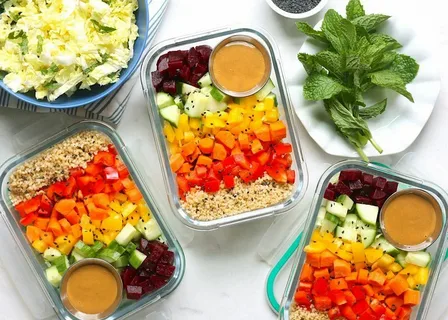Hey fellow space cadets! Let me take you on a journey through the galaxy with Just Delta’s Delta 8 Disposable Cartridges. Strap in and get ready for an out-of-this-world experience!
Delta 8 Cartridge – 1000mg Bubble Gum Galaxy
First up, let’s talk about the Delta 8 Cartridge – 1000mg Bubble Gum Galaxy. As soon as I took my first puff, I felt like I was floating among the stars. The bubble gum flavor is so nostalgic, and the Delta 8 hit just right, giving me a sense of calm and euphoria that’s simply celestial. Snag yours here and join me on this cosmic adventure!
Delta 8 Cartridge 6-Pack Bubble Gum Galaxy
Now, let’s blast off with the Delta 8 Cartridge 6-Pack Bubble Gum Galaxy. Talk about a supernova of flavor! With six cartridges in one pack, I’m set for a journey across the cosmos. Each puff is like a burst of fruity goodness, and the Delta 8 delivers a smooth and steady high that keeps me orbiting in bliss. Don’t miss out—grab your 6-pack here and prepare for lift-off!
Overall, my experience with Just Delta’s Delta 8 Disposable Cartridges has been stellar. From the delicious flavors to the cosmic highs, these cartridges are a must-have for any space explorer. So, what are you waiting for? Fuel up your spaceship and join me in the stars with Just Delta’s Delta 8 Disposable Cartridges!
What are Delta 8 disposable cartridges?
Delta 8 disposable cartridges are pre-filled vape cartridges infused with Delta 8 THC, a cannabinoid derived from hemp. These cartridges offer a convenient and discreet way to enjoy the effects of Delta 8 THC without the need for additional equipment.
How do Delta 8 disposable cartridges work?
Delta 8 disposable cartridges work by heating the Delta 8 THC oil inside the cartridge using a compatible vape battery or device. Once heated, the oil vaporizes, allowing users to inhale the Delta 8 THC vapor and experience its effects.
What are the effects of Delta 8 THC?
Delta 8 THC is known for producing mild psychoactive effects that are often described as more subtle and less intense than those of Delta 9 THC, the primary psychoactive compound in cannabis. Users may experience feelings of relaxation, euphoria, and mental clarity.
Are Delta 8 disposable cartridges legal?
The legality of Delta 8 THC products, including disposable cartridges, varies depending on local laws and regulations. In many regions, Delta 8 THC derived from hemp is legal under the 2018 Farm Bill, which legalized hemp and hemp-derived products containing less than 0.3% Delta 9 THC. However, it’s essential to verify the legality of Delta 8 THC products in your specific area.
How long do Delta 8 disposable cartridges last?
The lifespan of a Delta 8 disposable cartridge depends on factors such as the frequency of use and the size of the cartridge. On average, a disposable cartridge may last anywhere from a few days to several weeks, depending on individual usage habits.
How should I store Delta 8 disposable cartridges?
To maintain the quality and potency of Delta 8 disposable cartridges, it’s essential to store them in a cool, dry place away from direct sunlight and heat. Storing cartridges upright can also help prevent leakage and maintain proper airflow.
Can I refill a Delta 8 disposable cartridge?
Delta 8 disposable cartridges are designed for single-use and are not intended to be refilled. Attempting to refill a disposable cartridge can lead to leakage, clogging, and potentially damaging the cartridge.
Are there any potential side effects of using Delta 8 disposable cartridges?
While Delta 8 THC is generally well-tolerated, some users may experience side effects such as dry mouth, red eyes, increased heart rate, and impaired motor coordination. These side effects are typically mild and temporary, but individuals with underlying health conditions should exercise caution when using Delta 8 THC products.
Can I travel with Delta 8 disposable cartridges?
The legality of traveling with Delta 8 disposable cartridges depends on the laws and regulations of the departure and destination locations. It’s essential to research and comply with the relevant regulations, including those related to cannabis and hemp-derived products, before traveling with Delta 8 disposable cartridges.
Where can I purchase Delta 8 disposable cartridges?
Delta 8 disposable cartridges are available for purchase from licensed dispensaries, online retailers, and hemp-derived CBD stores. It’s essential to ensure that the products you purchase are lab-tested for quality and potency and comply with local laws and regulations regarding Delta 8 THC products.
I want to disclose that I have received complimentary products from Just Delta in exchange for providing a review of their Delta 8 Disposable Cartridges. While I strive to offer unbiased and informative insights, it’s important to acknowledge that the receipt of free items may influence my perspective. However, rest assured that my primary goal remains to provide honest and helpful reviews based on my personal experience with the products.
Dive Into Delight: Discover Just Delta’s Dazzling Selection!
Welcome to the exciting world of cannabis products! Whether you’re new to the scene or looking to expand your knowledge, this guide will take you on a journey through various product categories. Let’s dive in and discover the wonders of Delta, THC, and CBD!
Delta 8 Products
Delta 8 products contain Delta 8 THC, a cannabinoid with psychoactive properties similar to Delta 9 THC but often milder. These products come in various forms, including edibles, tinctures, and vape cartridges, offering users a unique and enjoyable experience.
Delta 10 Products
Delta 10 products feature Delta 10 THC, a lesser-known cannabinoid gaining popularity for its uplifting effects. From edibles to concentrates, Delta 10 products offer users a euphoric and energizing experience that’s perfect for enhancing mood and creativity.
THC Products
THC products contain tetrahydrocannabinol, the primary psychoactive compound in cannabis. These products come in various forms, including flower, edibles, concentrates, and topicals, offering users a wide range of options for relaxation, euphoria, and pain relief.
Delta Products
Delta products encompass a range of cannabinoids, including Delta 8, Delta 9, and Delta 10 THC, each with its unique effects and benefits. Whether you’re seeking relaxation, focus, or euphoria, Delta products provide a diverse array of options to suit your needs.
Haze THC
Haze THC refers to strains known for their potent psychoactive effects and uplifting properties. These strains often feature a high THC content and are beloved by cannabis enthusiasts seeking a euphoric and energizing experience.
THC Gummies
THC gummies are delicious and discreet edible treats infused with THC. Available in various flavors and dosages, these gummies offer users a convenient and enjoyable way to consume THC, providing relaxation and euphoria with every bite.
THC Vapes
THC vape products, including cartridges and disposables, deliver THC through inhalation, offering users a fast-acting and convenient method of consumption. With a wide range of flavors and potency levels, THC vapes cater to diverse preferences and experiences.
CBD Gummies
CBD gummies are edible treats infused with cannabidiol (CBD), a non-psychoactive cannabinoid known for its potential health benefits. These gummies come in various flavors and dosages, offering users a tasty and convenient way to incorporate CBD into their wellness routine.
CBD + THC Gummies
CBD + THC gummies combine the benefits of CBD with the psychoactive effects of THC, offering users a balanced and harmonious experience. These gummies come in various ratios of CBD to THC, providing relaxation, pain relief, and euphoria in a delicious package.
UK vs. USA Laws
In the UK, cannabis laws are more restrictive compared to the USA. While CBD products are legal in the UK if they contain less than 0.2% THC, THC products are subject to strict regulations and are generally prohibited. In contrast, several states in the USA have legalized both medical and recreational cannabis use, allowing for a more diverse and accessible market for cannabis products. It’s essential to familiarize yourself with the laws and regulations in your area before purchasing or using any cannabis products.
As you embark on your journey with cannabis products, remember to start low and go slow, especially if you’re new to cannabis. Enjoy exploring the diverse world of cannabinoids, and may your experiences be enlightening and enjoyable!

